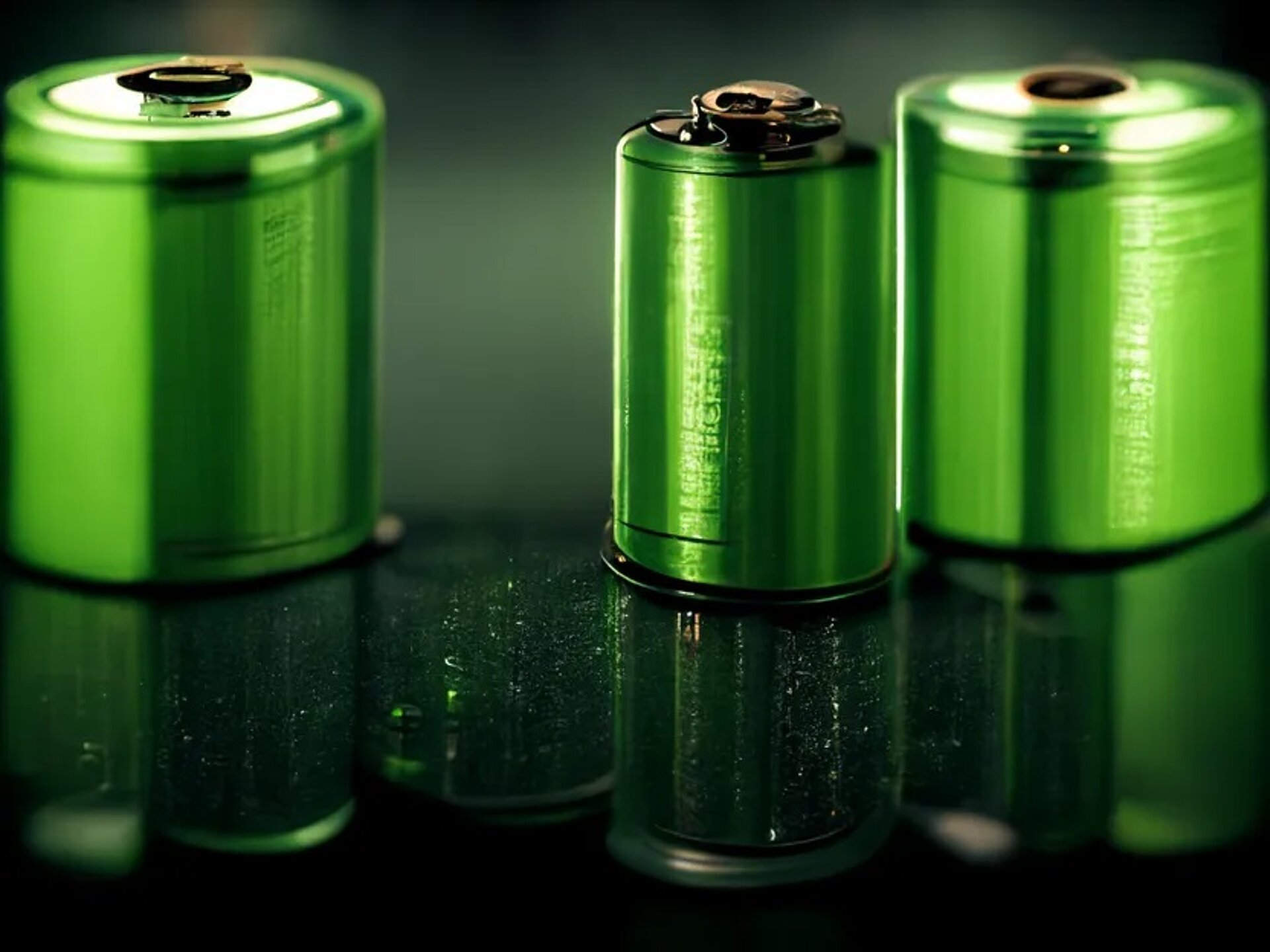Many hopes are currently pinned on sodium-ion batteries. Even now, shortly before their market launch, they are regarded as particularly inexpensive, safe and environmentally friendly. But until recently, no one really knew how sustainable the many different versions of sodium cells actually are.
The research group around our podcast guest Dr. Manuel Baumann (KIT, ITAS, HIU) has now precisely quantified these "sustainability aspects". And lo and behold, the results are as diverse as the battery class itself. Indeed, the materials needed to manufacture the cell components are just as varied as those used in lithium cells: Some cells require cobalt, nickel, vanadium, manganese, disordered carbons, graphite, iron, aluminum, etc.
The research group has developed a system to test a wide variety of sodium cells for sustainability. The researchers focused specifically on the cathode: 42 different types of cathode were subjected to a "screening" and compared with eight lithium cathodes. The following sustainability categories were established: (1) cost, (2) material criticality, and (3) CO2 footprint of the cell.
The results show that energy density is an important factor in all three categories. It is a major determinant of material requirements. Most sodium cathodes perform better than the lithium counterpart. In particular, the "Prussian blue electrodes" and the manganese-based layered oxides appear to be especially sustainable.
Link to the study: onlinelibrary.wiley.com/doi/full/10.1002/aenm.202202636

